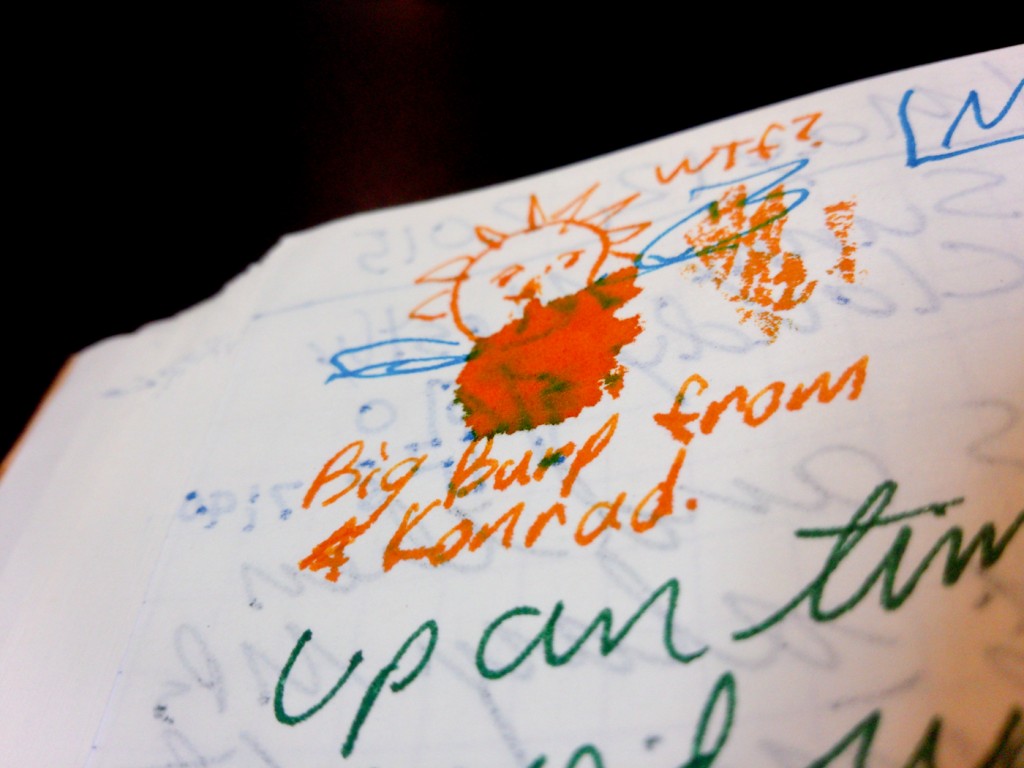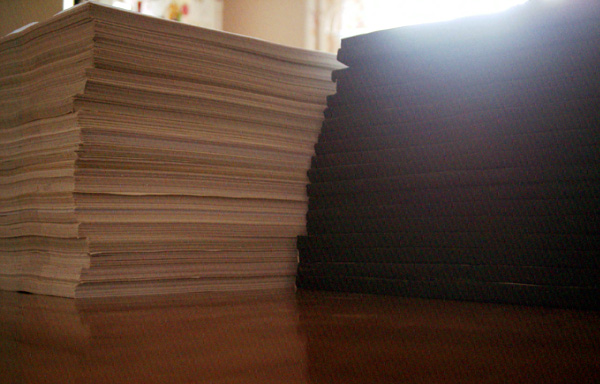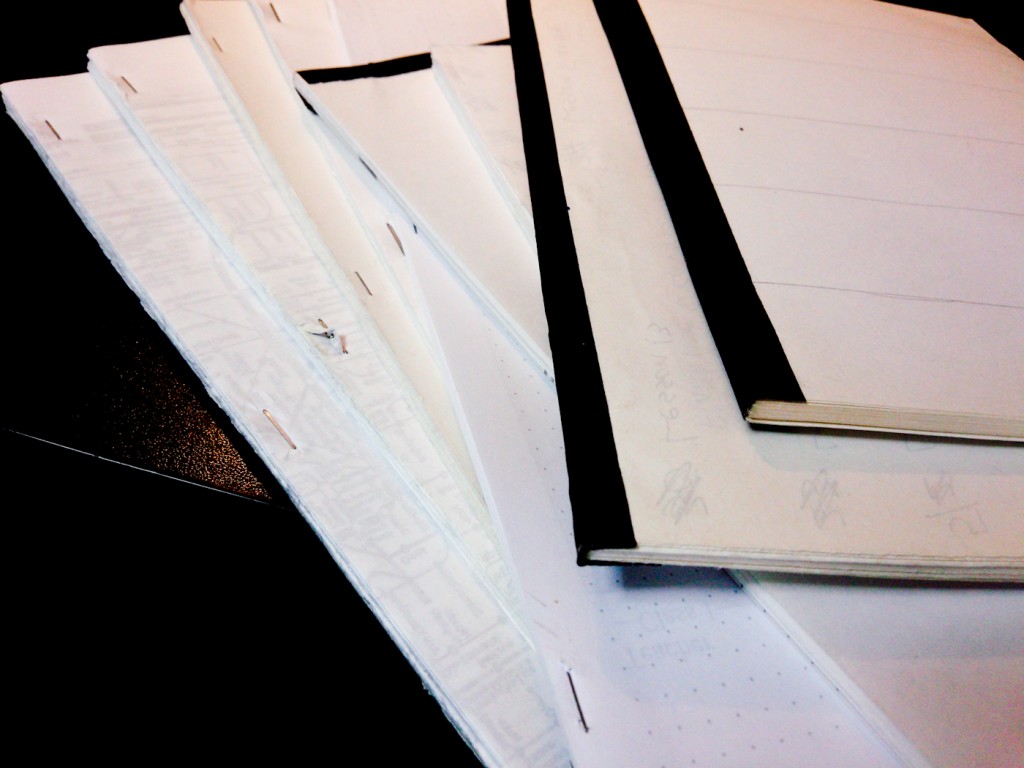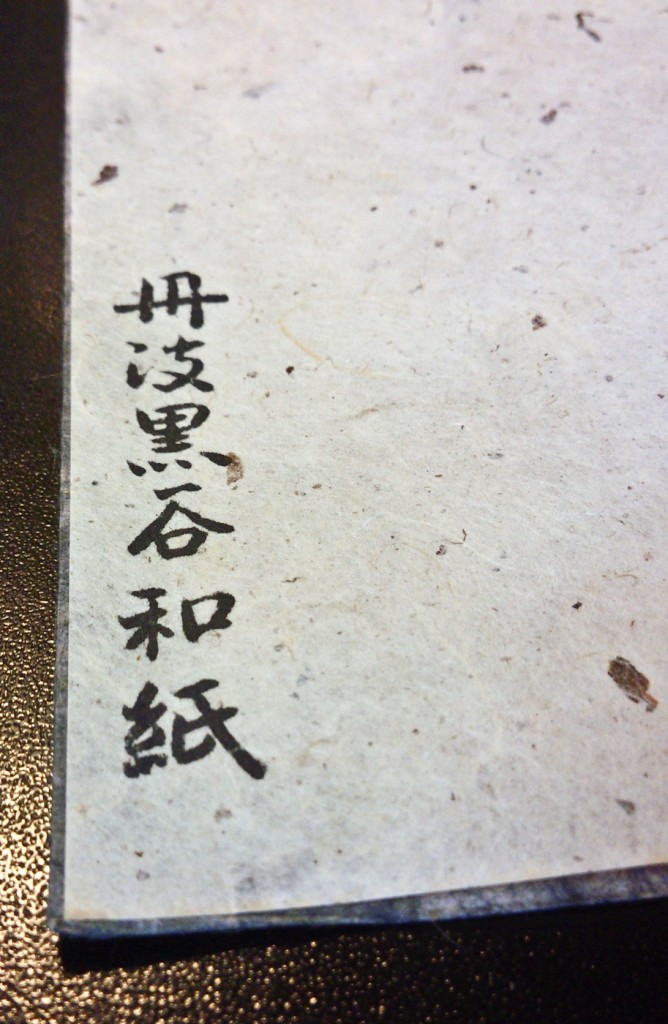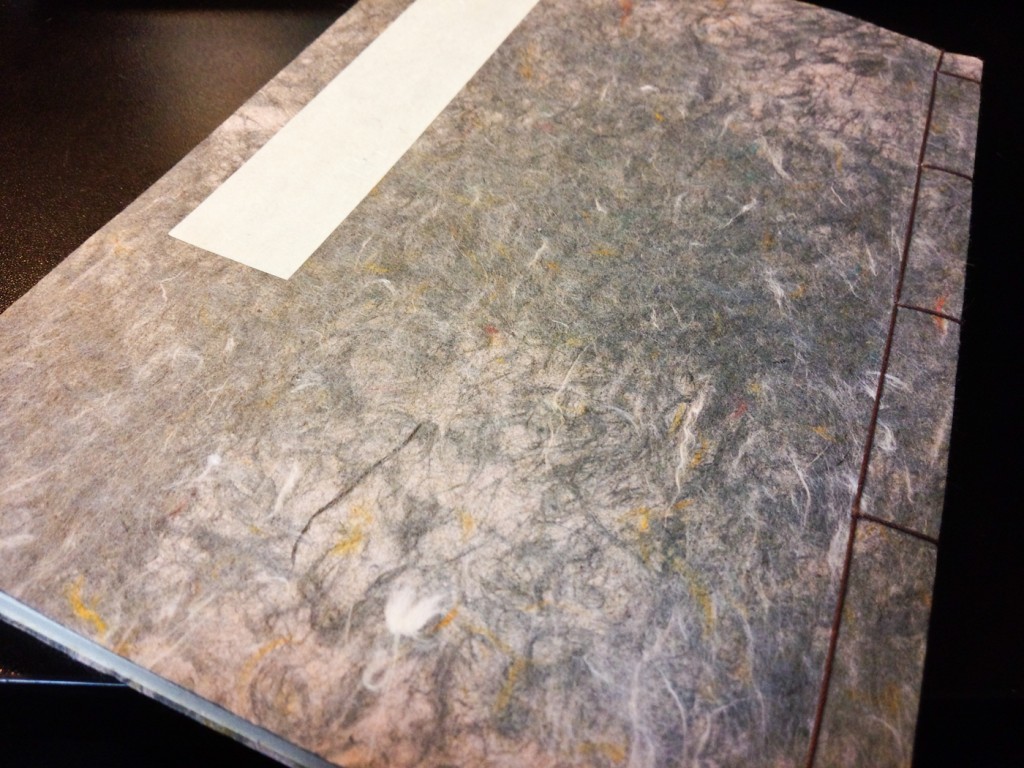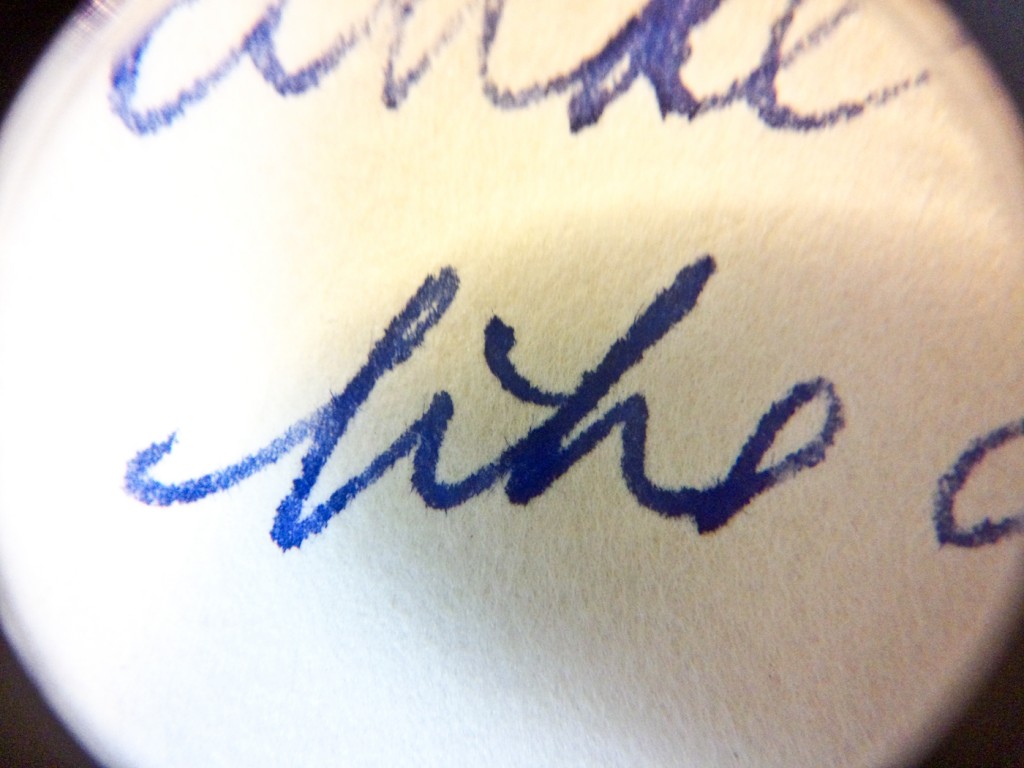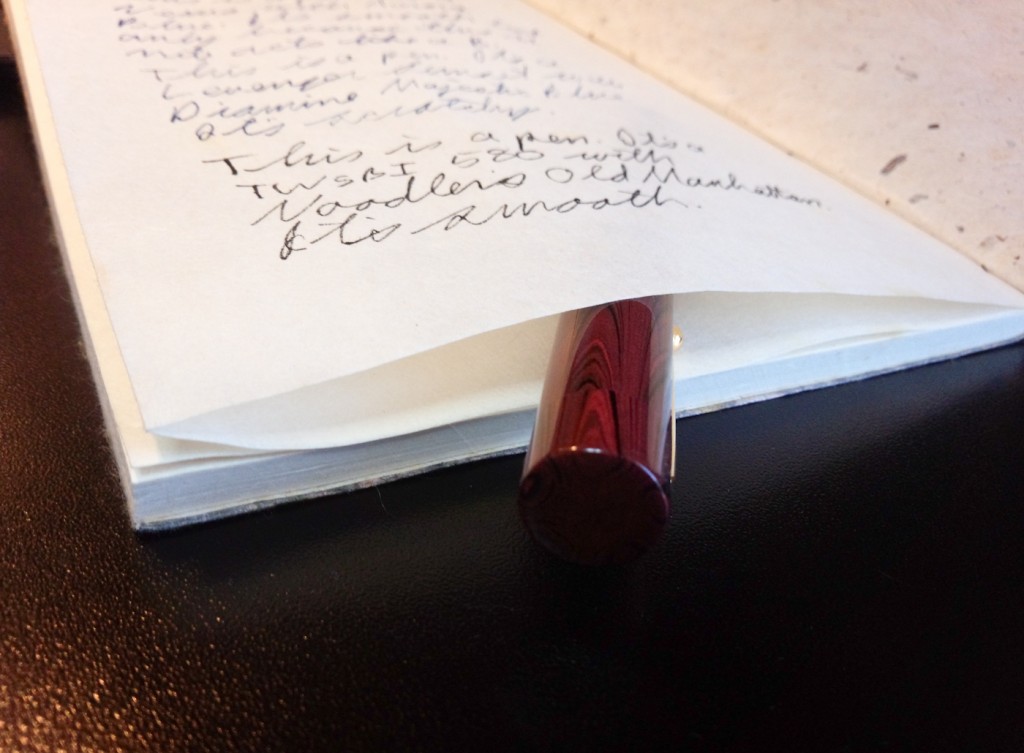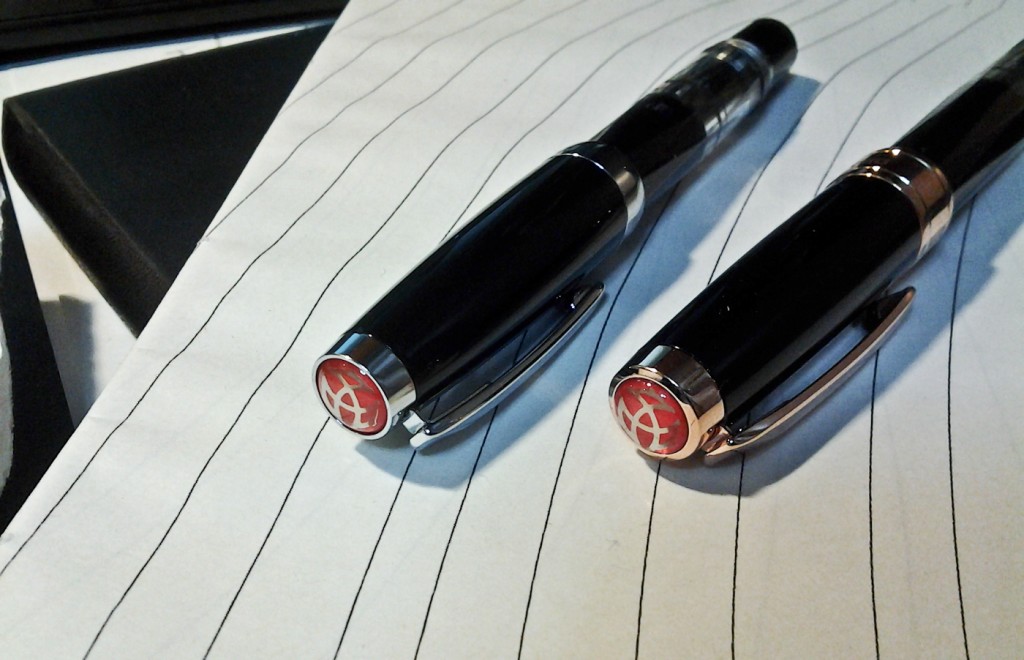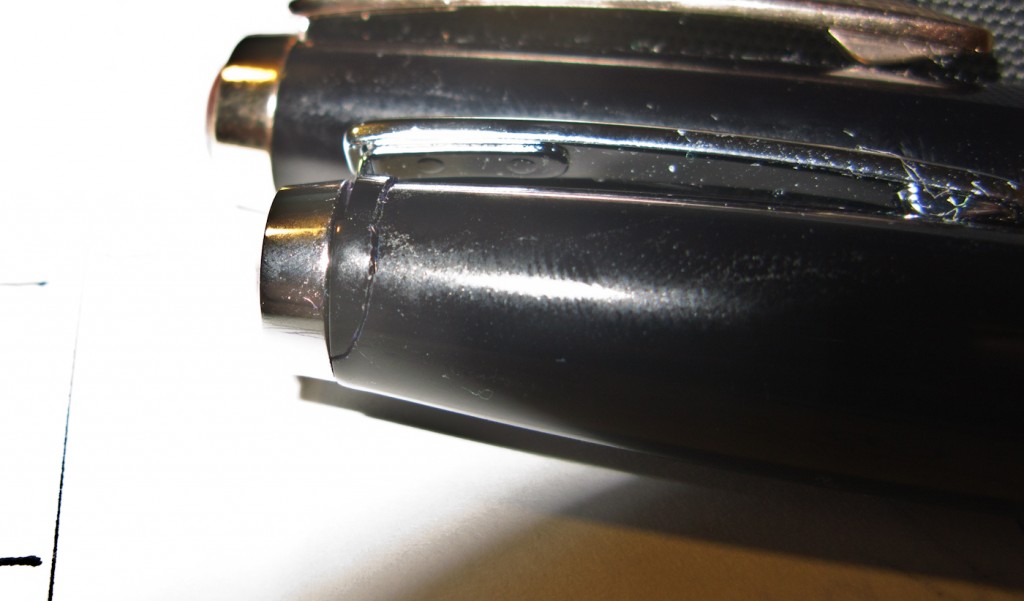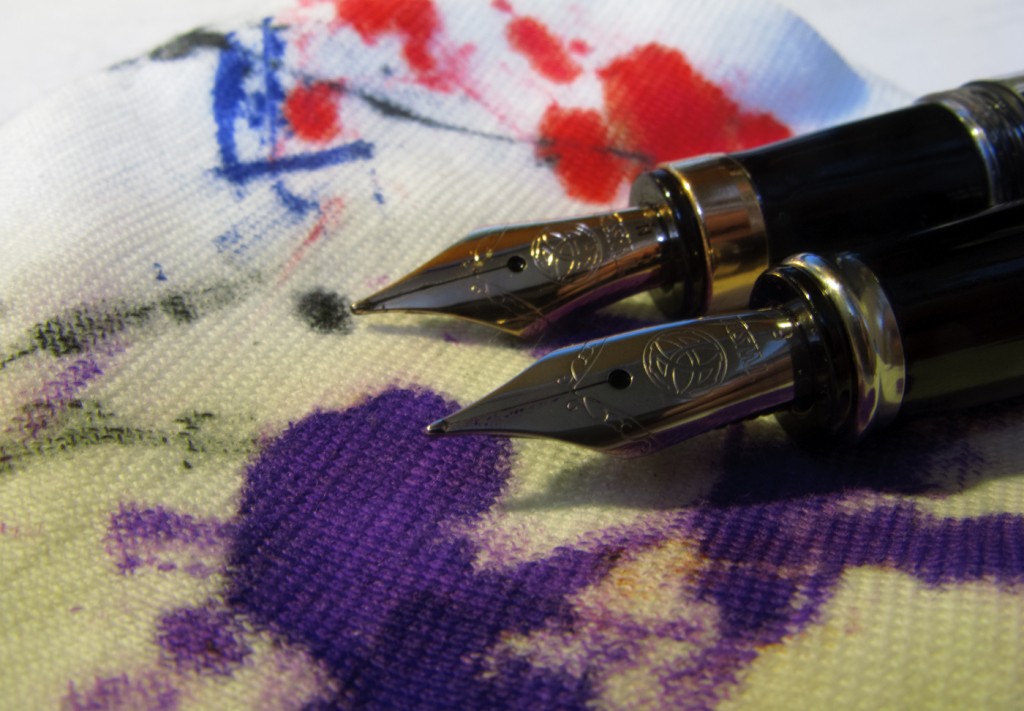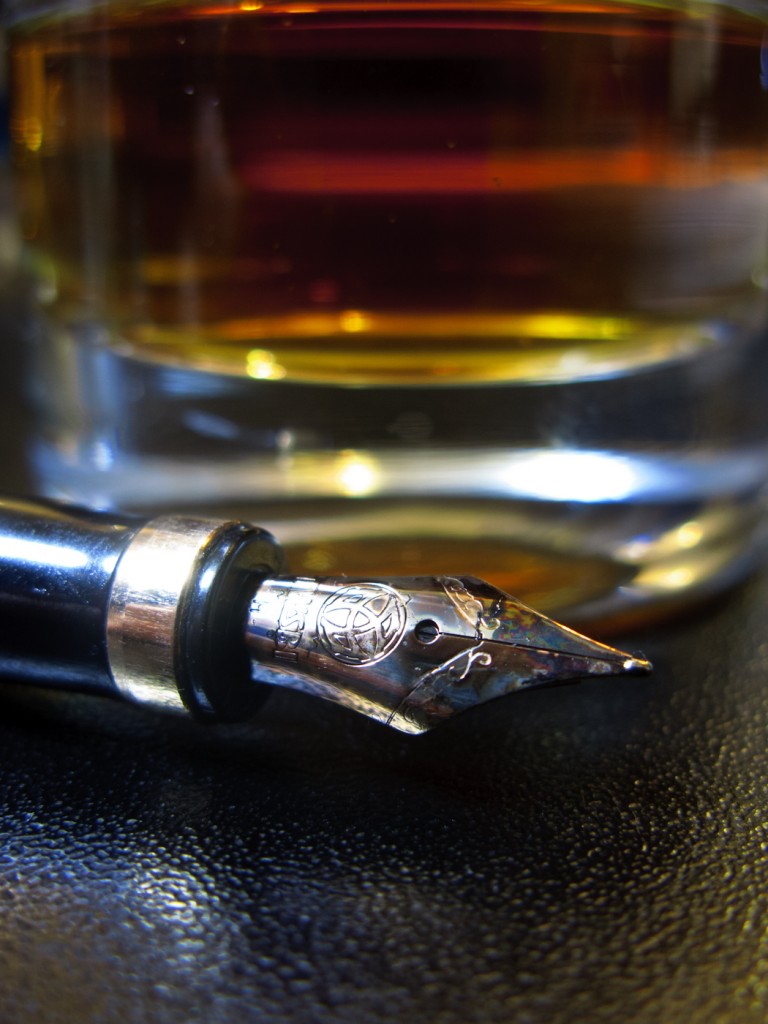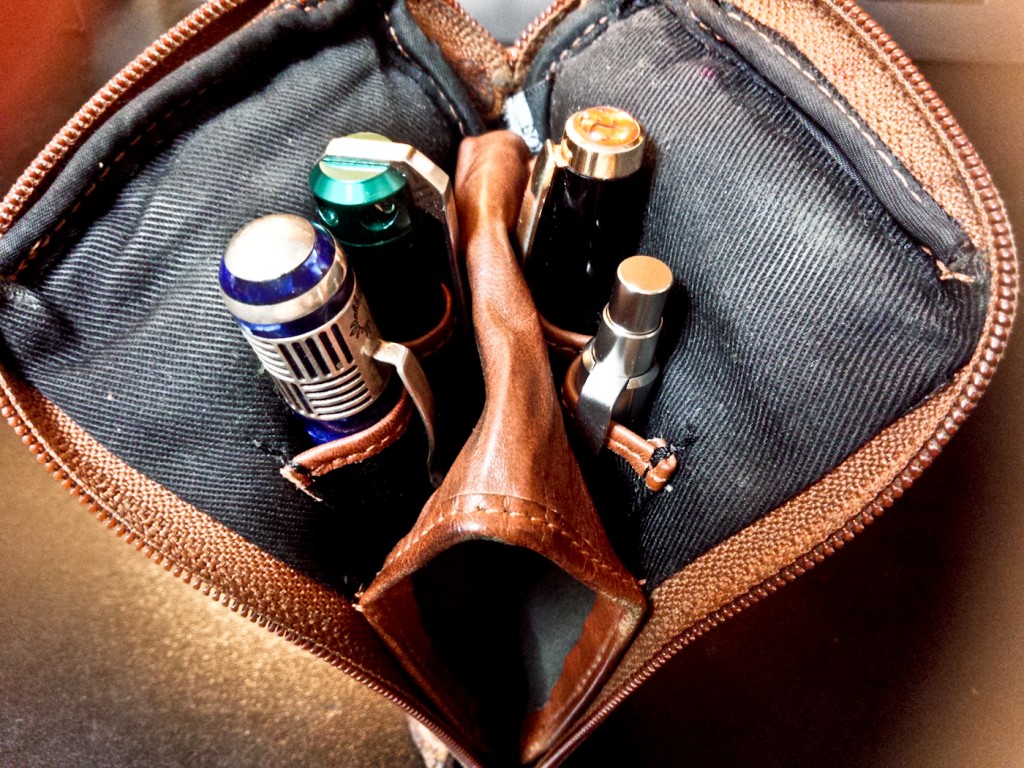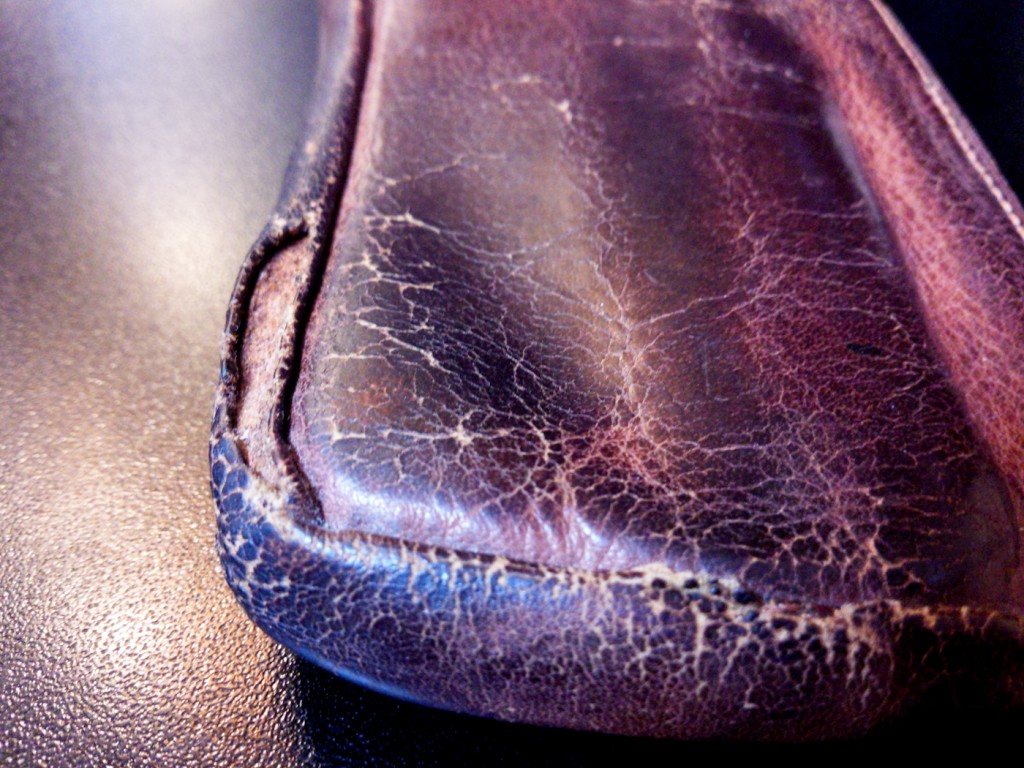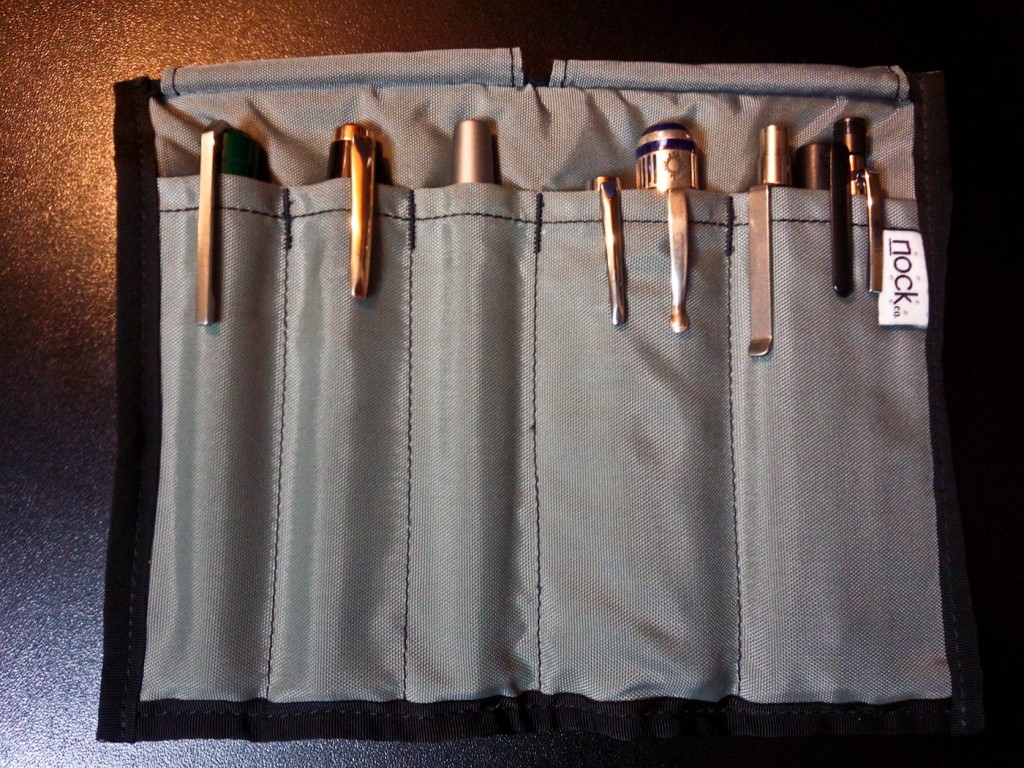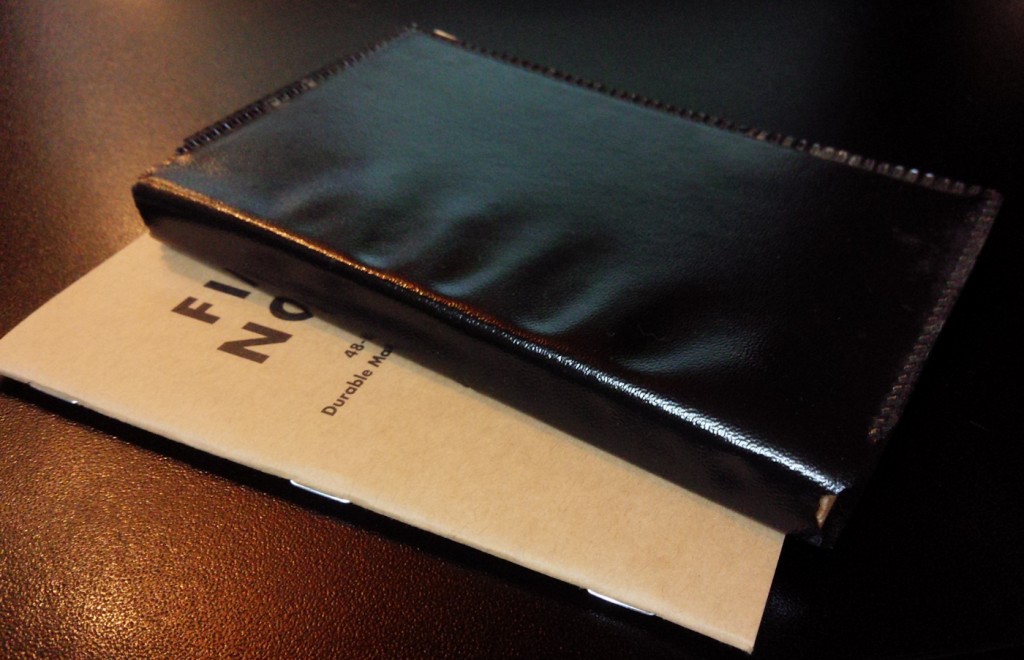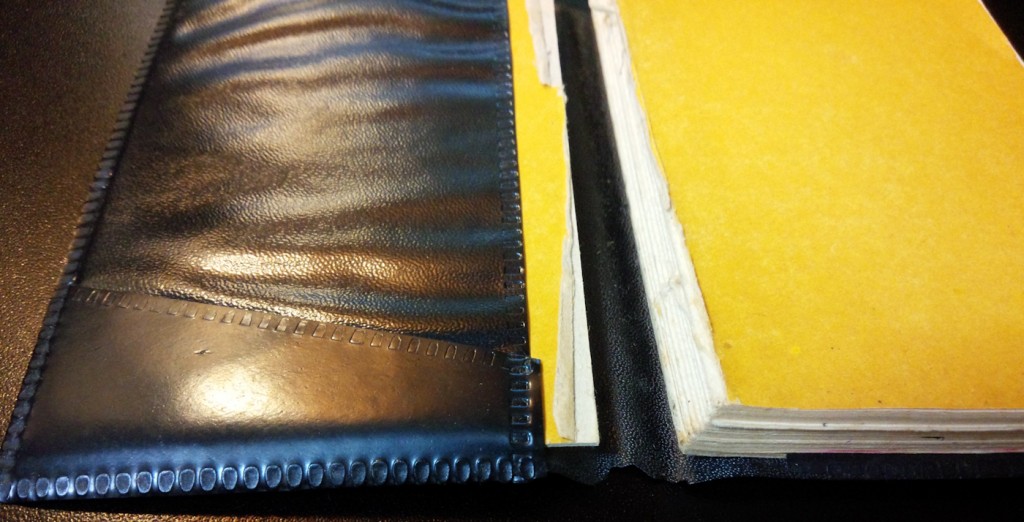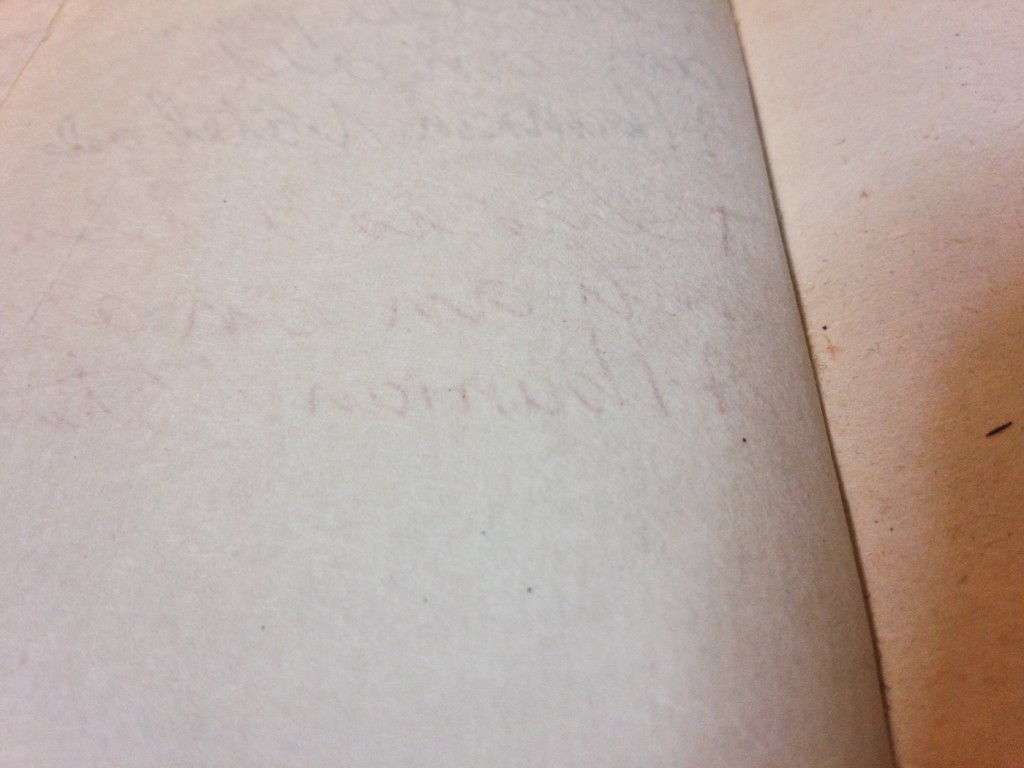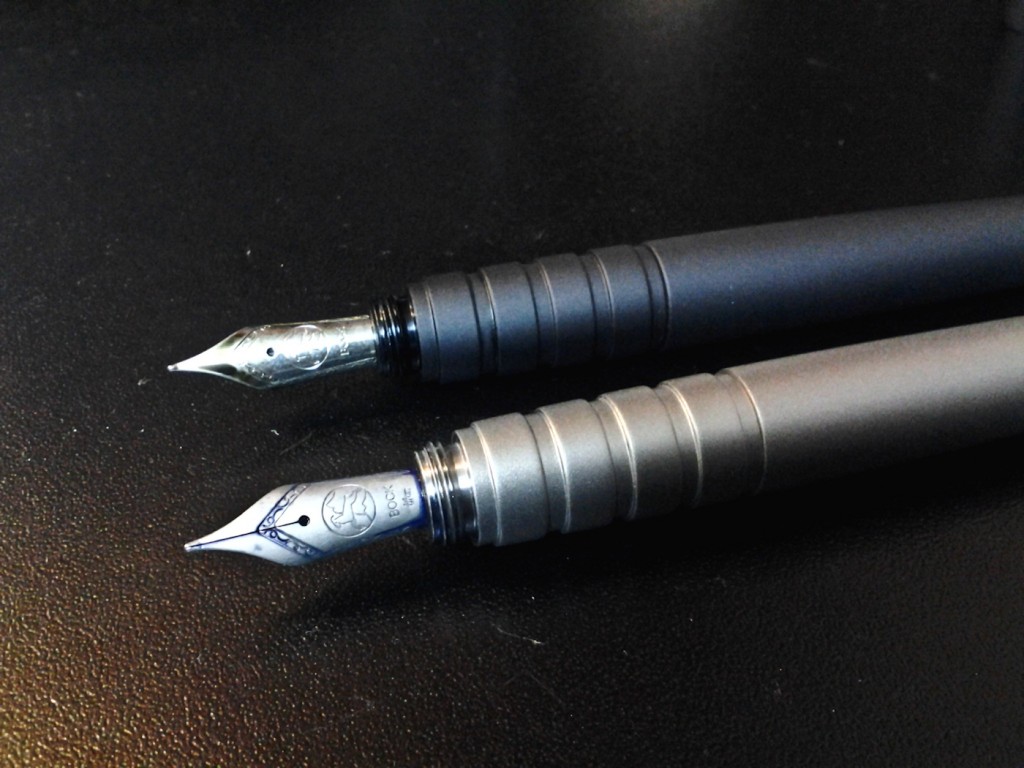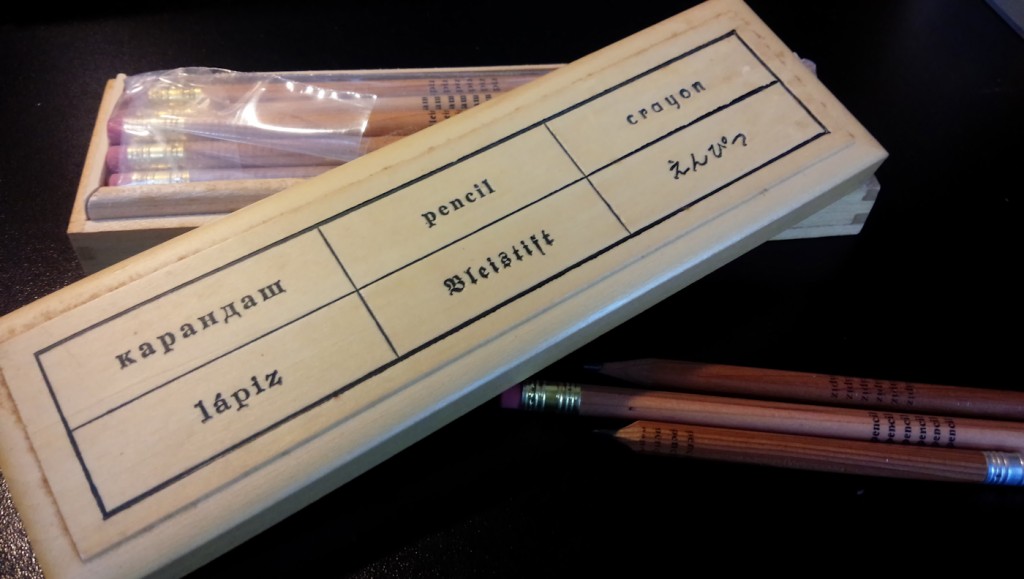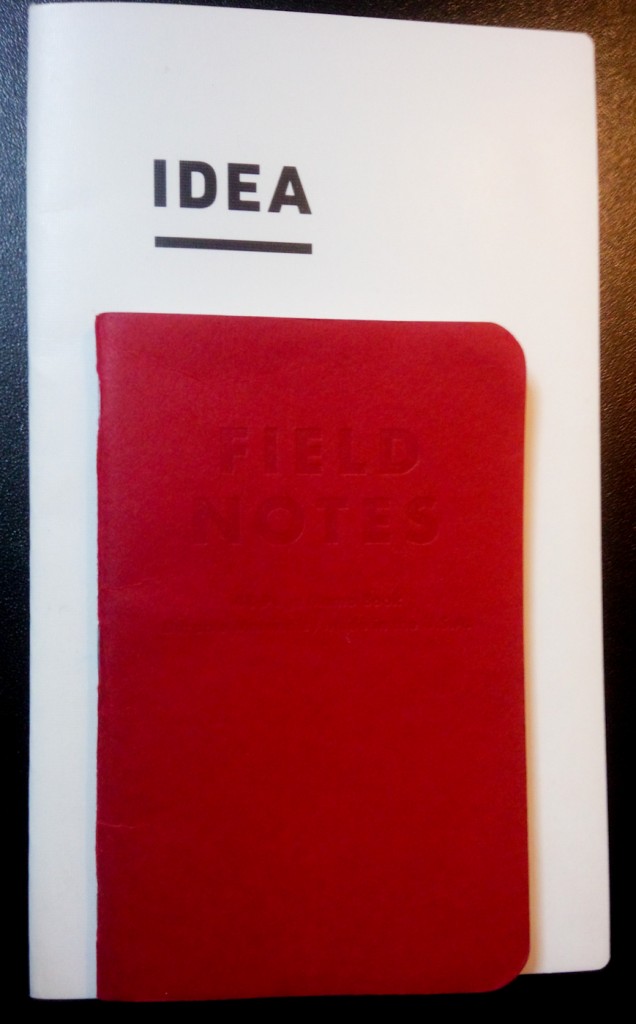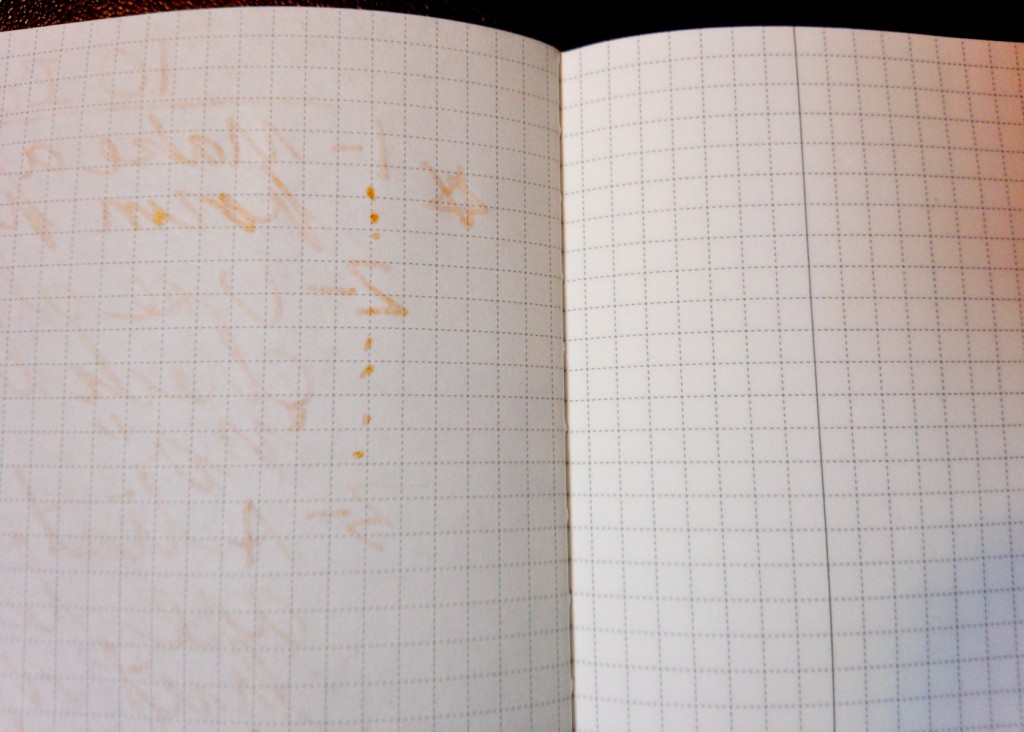In my daily log today, the weather doodle looks like the sun is barfing up a fur ball of flames. This is absurd, of course, because it’s not yet August when the sun actually does barf up flames all over Japan.
Instead the mess was made by a pen burping.
One of the charms/curses of owning and regularly using fountain pens, especially if you use bottled ink, is that you will, no matter how careful you are, get ink on your fingers eventually. Sometimes, even if you’ve been careful, the pen takes it upon itself to make a mess.
Today as I was adding rays to my sun doodle, my Noodler’s Konrad fountain pen suddenly decided to burp up Noodler’s Apache Sunset ink in a heavy glob that sent me looking for tissue. As I dabbed the mess, ink soaked through the tissue and got my fingers messy and smeared on the log. (I didn’t think to take pictures but, in my defense, my hands were messy.)
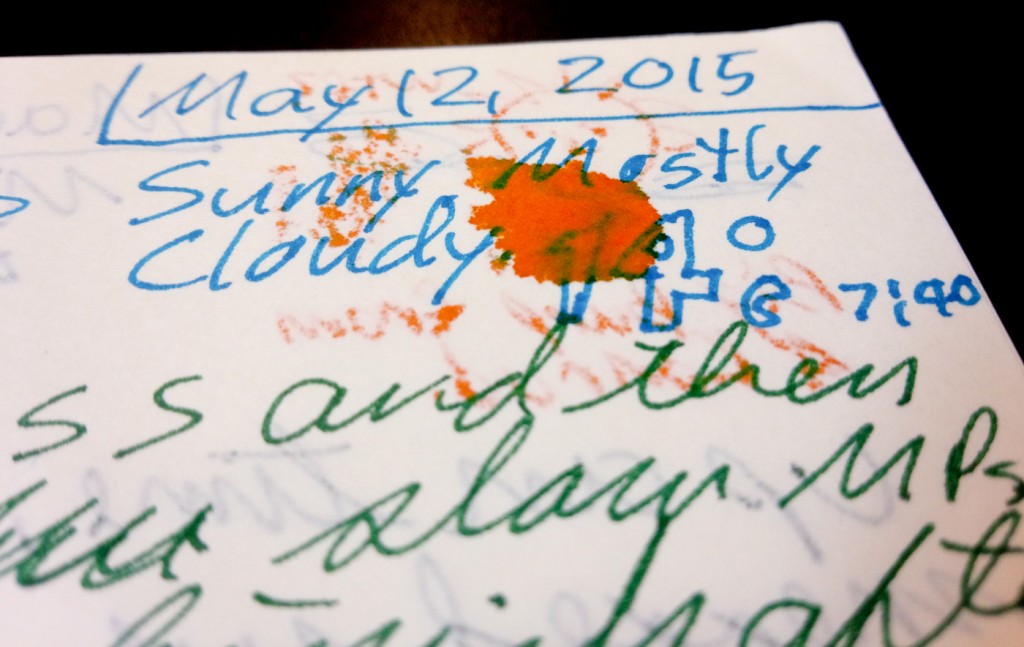
The effects of the burp on yesterday. Looks good with the Noodler’s Midway Blue and Diamine Sherwood Green.
This is caused because the pen was getting low on ink. When pens like this get low complicated laws of physics (complete with complicated math and power point presentations) suddenly activate and remind the user, via a gusher, to refill the reservoir. The Noodler’s pens are cheap pens designed to be tinkered with by the user (before use you are expected to clean the pen, adjust the nib and, in my case, take it apart and remove a part to make it work better, but more on that in another post). Because the celluloid is thin, it make the burping worse. (None of my other piston fillers burp but they are better made.)
Making the mess worse was the flex nib. Flex nibs are designed for calligraphy (the split between the tines is longer) and they let a lot of ink flow. When one burps, you end up with globs on the paper.
I cleaned up the mess and refilled the pen, which required getting more ink on my fingers. Once again I neglected to take pictures.
Maybe next time. And I’m pretty sure there will be a next time.

